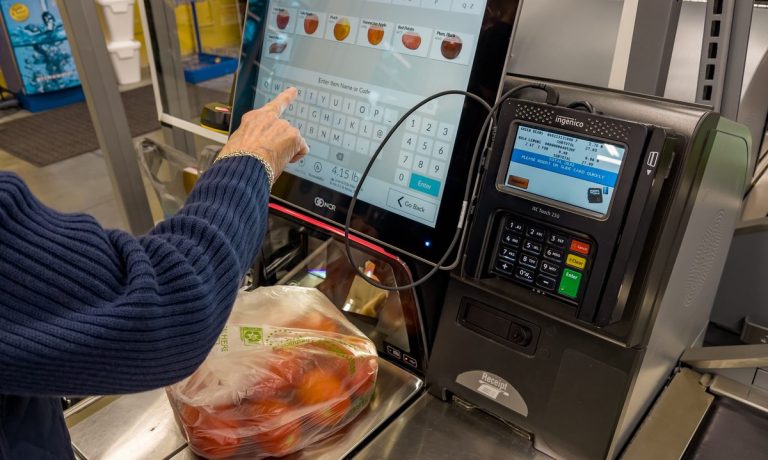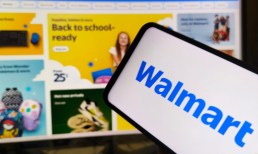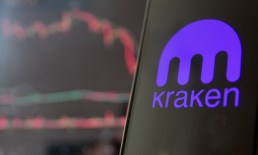Anyone who’s gone into a grocery store in the past year — as most grocery shoppers have — has no doubt noticed more and more people using the once-avoided self-checkout aisles.
It’s another sign of the digital shift at work, with consumers gaining confidence using various technologies in ways they may have previously avoided. In one of the many reversals seen during the pandemic, many shoppers find they prefer self-service — if it’s offered.
Today’s Self-Service Shopping Journey: The New Retail Expectation, a PYMNTS and Toshiba collaboration, surveyed 2,665 adult consumers representative of the U.S. population, looking at the growth of self-service experiences and the increasing appetite for them, even if retailers have some catching-up to do to align with the trend.
PYMNTS researchers found that some 80 percent of in-store shoppers like the idea of nontraditional checkout, “and 66 percent of consumers reported that these checkout experiences are the options that they most want to try.”
Of those voicing support for self-checkout, “Grocery customers list the speed of self-service checkouts as the reason why they chose the option (67 percent) in larger shares than retail (65 percent) and pharmacy (62 percent) shoppers. Avoiding waiting in line was cited the most as a reason to choose a self-service kiosk just after speed at checkout, with larger portions of grocery (51 percent) and retail (50 percent) consumers ranking this reason highly in importance. This share was just 37 percent among pharmacy patrons,” per the study.

See: Today’s Self-Service Shopping Journey: The New Retail Expectation
Advertisement: Scroll to Continue
Understanding Traditional vs Nontraditional Checkout
While self-service is definitely having a moment, data suggest it could be considerably increased if more such options were made available and kept simple, and seamless.
Researchers found that 41 percent of consumers who don’t use nontraditional checkout weren’t offered the option. Another 37 percent of consumers said they avoid self-service options because they prefer human cashiers.
“Another significant factor was poor consumer understanding of self-service checkout benefits, as 29 percent of consumers believe that self-service checkout would be slower than traditional checkout,” per the study, which found that 35 percent of those favoring traditional checkouts “believe that self-service will not be convenient for purchasing produce, 15 percent say the kiosks will likely make mistakes when processing their orders and 14 percent believe that self-service checkouts are difficult to use.”
On the other hand, Today’s Self-Service Shopping Journey states that, “digital natives and adults with children far outpace older adults in self-service checkout interest and adoption for retail, grocery and pharmacy purchases. Eighty-six percent of Gen Z consumers report that the checkout experience in which they were most interested was nontraditional, with 78 percent and 80 percent of bridge millennials and millennials, respectively, echoing this sentiment. Half of baby boomers and seniors were interested in nontraditional checkout options.”

Read: Today’s Self-Service Shopping Journey: The New Retail Expectation
Self-Service Checkout Should Deliver eCommerce Ease
What emerges from the new study is the fact that large numbers of consumers see utility and convenience in bringing digital self-services options into retail environments.
Noting that “customer experience features inspired by eCommerce are important to consumers shopping in physical stores,” the study found, “The ability to check the price of an item was the most cited device-enabled capability that would improve the in-store shopping experience (49 percent). Sixteen percent reported that this was the most important feature. Other desirable device-enabled capabilities included item finders (39 percent), easier access to discounts and coupons (39 percent) and inventory checks (38 percent).”
As to who sees the most value in self-service, folks with children are big on the idea.
“Consumers who are married and living with children exhibit some of the highest levels of interest in being able to skip the checkout line using a nontraditional checkout method (20 percent),” per the findings, adding that roughly 15 percent of Gen Z shoppers want the digital ability “to check in-store inventory in real time as the most important feature.”

Learn: Today’s Self-Service Shopping Journey: The New Retail Expectation







